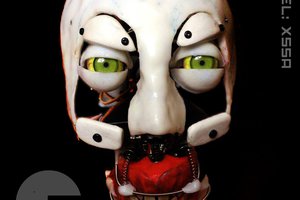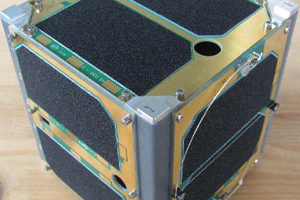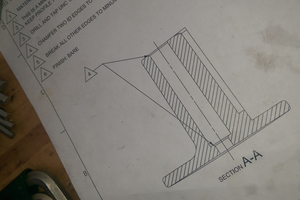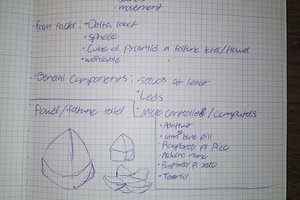Current commercial and consumer grade wind turbines, while greatly reducing our dependancy on non-renewable energy sources, have some problems of there own.
To begin, I would like to clarify that for my purposes I will be refering to a HAWT (Horizontal-axis wind turbine) as these are the most popular type for both commercial and consumer applications.
The first, and arguably the most important, problem is the impact on wildlife. Both birds and bats are known to become confused by the air currents around the blades and in too many cases, are killed on impact with the turbine. Estimates vary widely from as low as 10,000 a year to as many as 1,00,000 a year. In my opinian that is just too many. My design would eliminate this problem by introducing a turbine assembaly cover. This would both protect wildlife from harm while also allowing the turbine to be powered by wind from any direction without the need to move the turbine.
The second problem is the loss of energy in powering the turbine itself. Between lights, deicing, and rotating the turbine into the wind, there is a great deal of energy used before anything even gets to the power grid. While no company has yet revealed just how much energy these system require, some estimate it could be a loss of 15% or more. My design would solve this problem by getting rid of 2 of the 3 biggest power drains. By being low profile, even larger versions would not require lights for visability. My design would also get rid of the need to turn the turbine into the wind as a result of the shape of the turbine.
The third and final problem is cost. Consumer turbines can cost anywhere from $1,500 to $3,000 while commercial turbines exceed $3.5 million. My design would fix this by using low cost materials such as wood which has the added benefit of being more sustainable and easy to produce. My initial research suggests my turbines would range in cost from just $20 for the smallest models to, at most, $1,000 for the largest models.
While the initial prototype will be quite small (only about one foot side to side), it is merely the first step in creating larger and more effective models.

 Carl Strathearn
Carl Strathearn
 sparks.ron
sparks.ron
 risknc
risknc
Where did you get your wildlife facts?